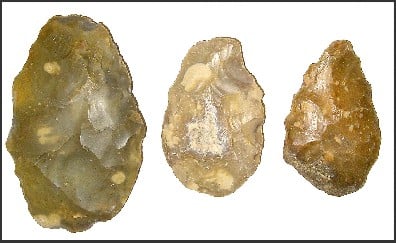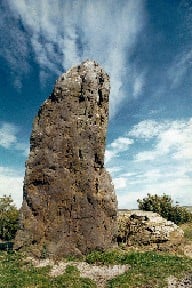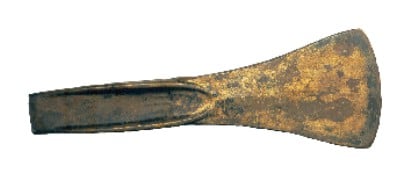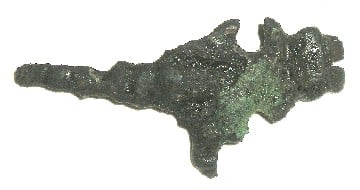Past Exhibition
Prehistoric Wight
Life on the Island before the Romans.
10th November 2007 – 27th April 2008
The Isle of Wight is rich in archaeological artefacts, providing evidence of prehistoric life
during the Stone, Bronze and Iron Ages.
This exhibition told the story of man on the Island before the Romans came, using a selection
from the vast range of objects within the museum collection.
The Isle of Wight is rich in archaeological artefacts, providing evidence of prehistoric life
during the Stone, Bronze and Iron Ages.
This exhibition told the story of man on the Island before the Romans came, using a selection
from the vast range of objects within the museum collection.
_____________________________________________________________________________
During the Palaeolithic era, the Isle of Wight was connected to mainland England, with the
now extinct Solent River flowing past its northern coast.
During the Palaeolithic era, the Isle of Wight was connected to mainland England, with the
now extinct Solent River flowing past its northern coast.
Priory Bay has the largest amount of stone tools found on the Island – around 1,000. The
finds are typical of the Lower Palaeolithic period, and come from sediments that can be
provisionally dated to c.400, 000BP (before present).The site is one of the most important
Palaeolithic sites in England.

Palaeolithic flint handaxes from Priory Bay. c400,000BP
© Isle of Wight Council
By the start of the Neolithic period the Isle of Wight was possibly cut off from the mainland.
Evidence for early farming on the island is shown by the presence of cereal pollen. This
activity has been radiocarbon dated to 3780 – 3380BC.
One of the most important developments during the Neolithic period was the construction of
large monuments such as Stonehenge in Wiltshire. Although there are no monuments on this
scale on the Isle of Wight, there are three known funerary monuments; the Tennyson Down
Mortuary Enclosure and the remains of long barrows at the Longstone (Mottistone) and
Afton Down.
finds are typical of the Lower Palaeolithic period, and come from sediments that can be
provisionally dated to c.400, 000BP (before present).The site is one of the most important
Palaeolithic sites in England.

Palaeolithic flint handaxes from Priory Bay. c400,000BP
© Isle of Wight Council
By the start of the Neolithic period the Isle of Wight was possibly cut off from the mainland.
Evidence for early farming on the island is shown by the presence of cereal pollen. This
activity has been radiocarbon dated to 3780 – 3380BC.
One of the most important developments during the Neolithic period was the construction of
large monuments such as Stonehenge in Wiltshire. Although there are no monuments on this
scale on the Isle of Wight, there are three known funerary monuments; the Tennyson Down
Mortuary Enclosure and the remains of long barrows at the Longstone (Mottistone) and
Afton Down.

The Mottistone Longstone
© Isle of Wight Council
During the Bronze Age the first metalworkers combined copper and tin to make bronze. Using
the bronze they made tools, items and weapons more sophisticated than anything that had
been manufactured previously.
One of the main tools that developed throughout the Bronze Age was the axe.

Bronze Palstave from Billingham
© Isle of Wight Council
By the time of the Iron Age, virtually all traces of nomadic lifestyle had vanished from Britain
and social systems were in place in most of the country.
Gills Cliff is a Late Iron Age hut site, excavated in 1947. There was a variety of finds from
Gills Cliff on display that showed many different activities were taking place. These artefacts
allow archaeologists to put together a picture of the site at the time.

Iron Age brooch from Gills Cliff hut site
© Isle of Wight Council
LocationGuildhall High Street Newport Isle of Wight PO30 1TY 01983 823366 | Bookings and Enquiries Isle of Wight Heritage Service Guildhall Newport Isle of Wight PO30 1TY 01983 823433 | Opening TimesThe Museum of Island History is open throughout the year. Please contact 01983 823366 for Christmas opening times. Tue 10.30 – 4.00 Thur 10.30 – 4.00 |
Page last updated on: 25/08/2011





